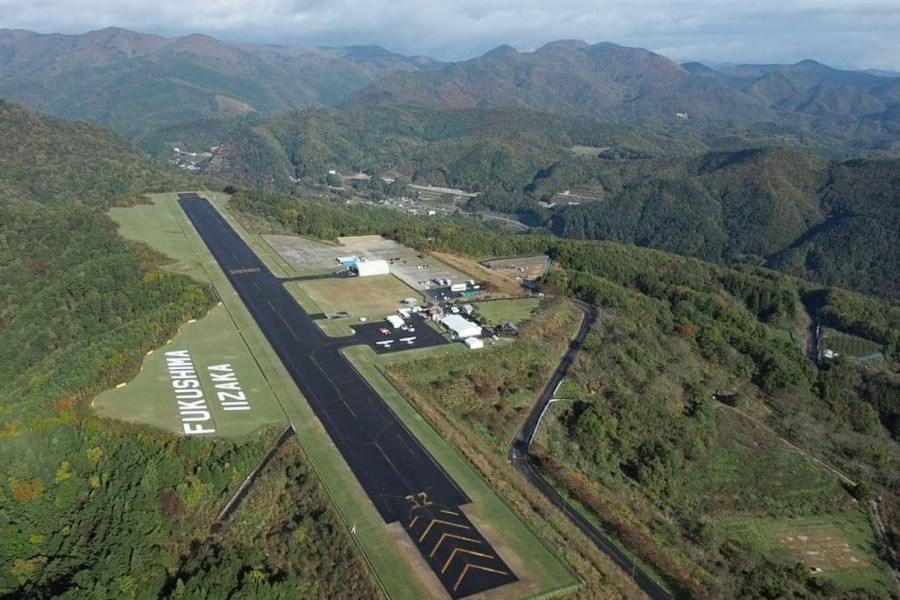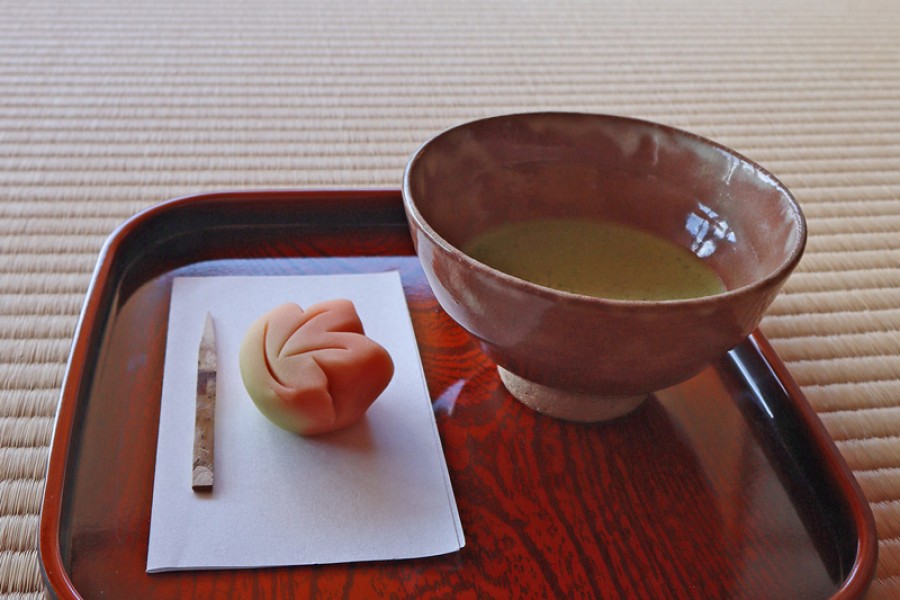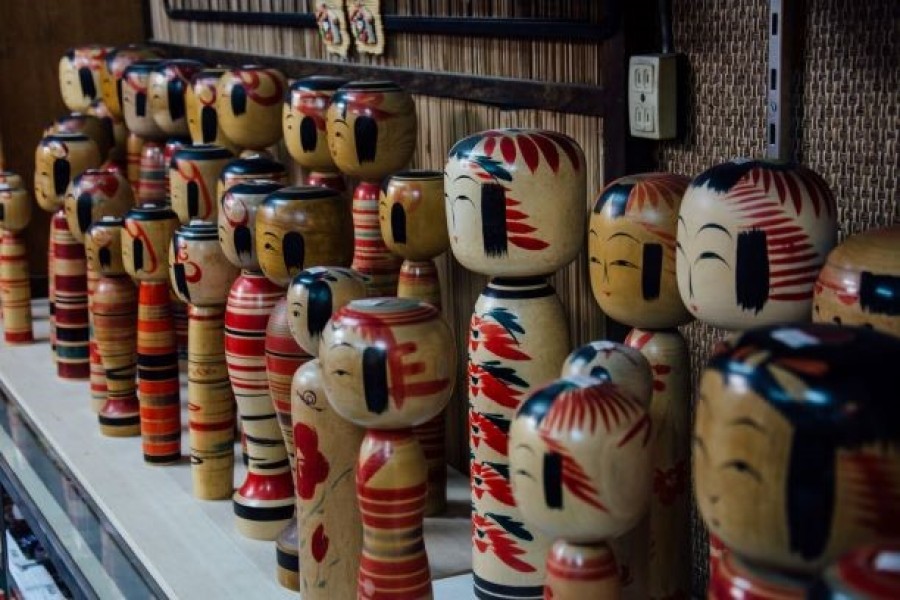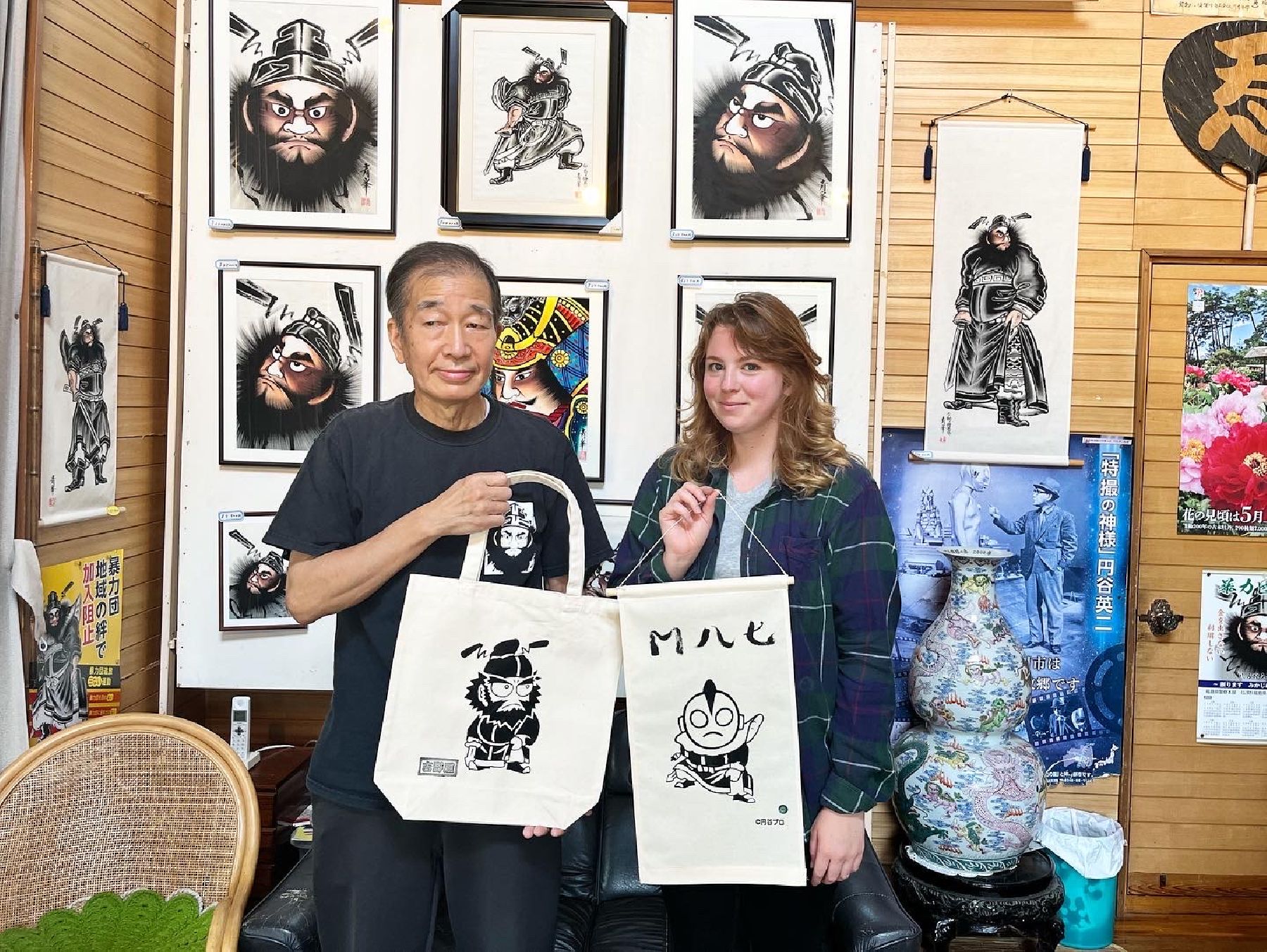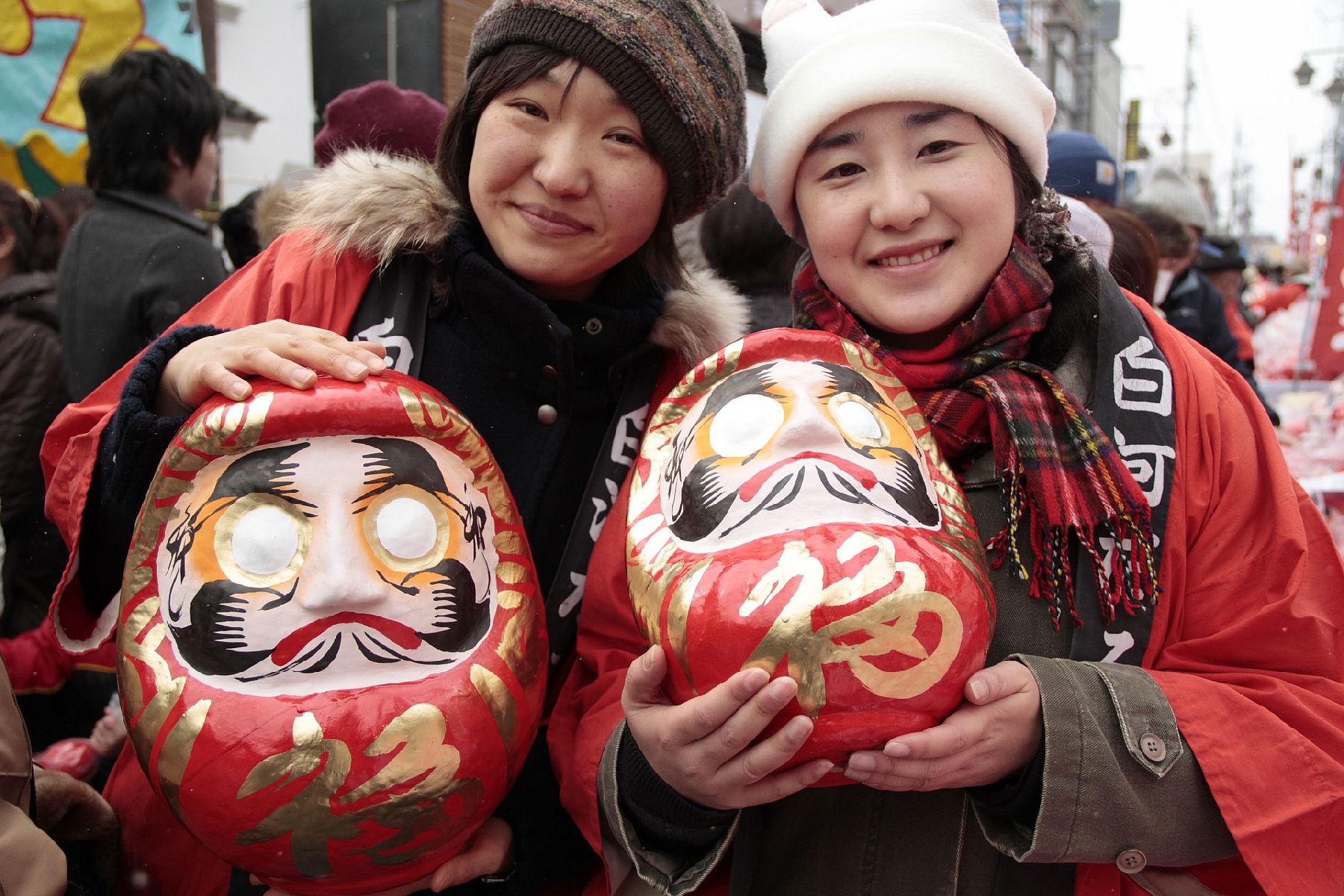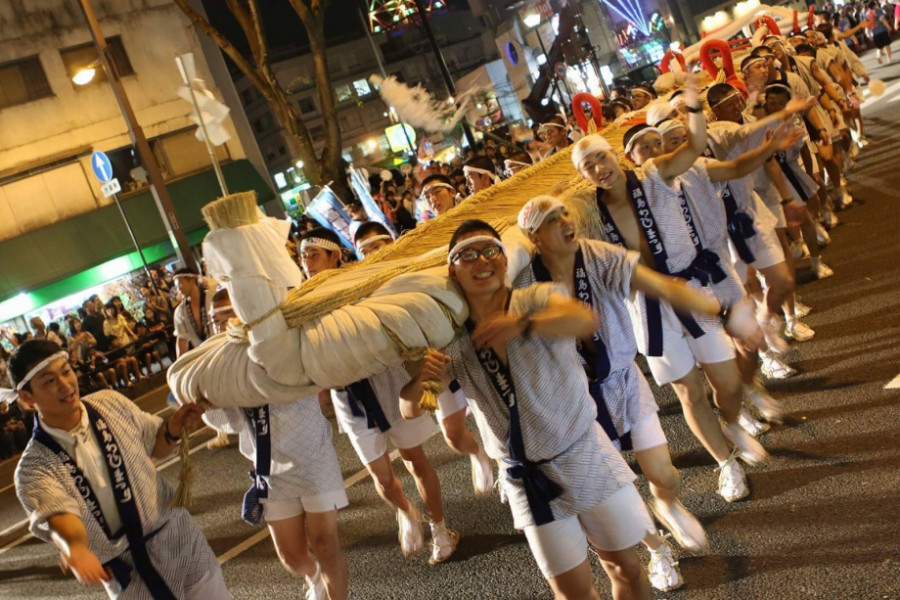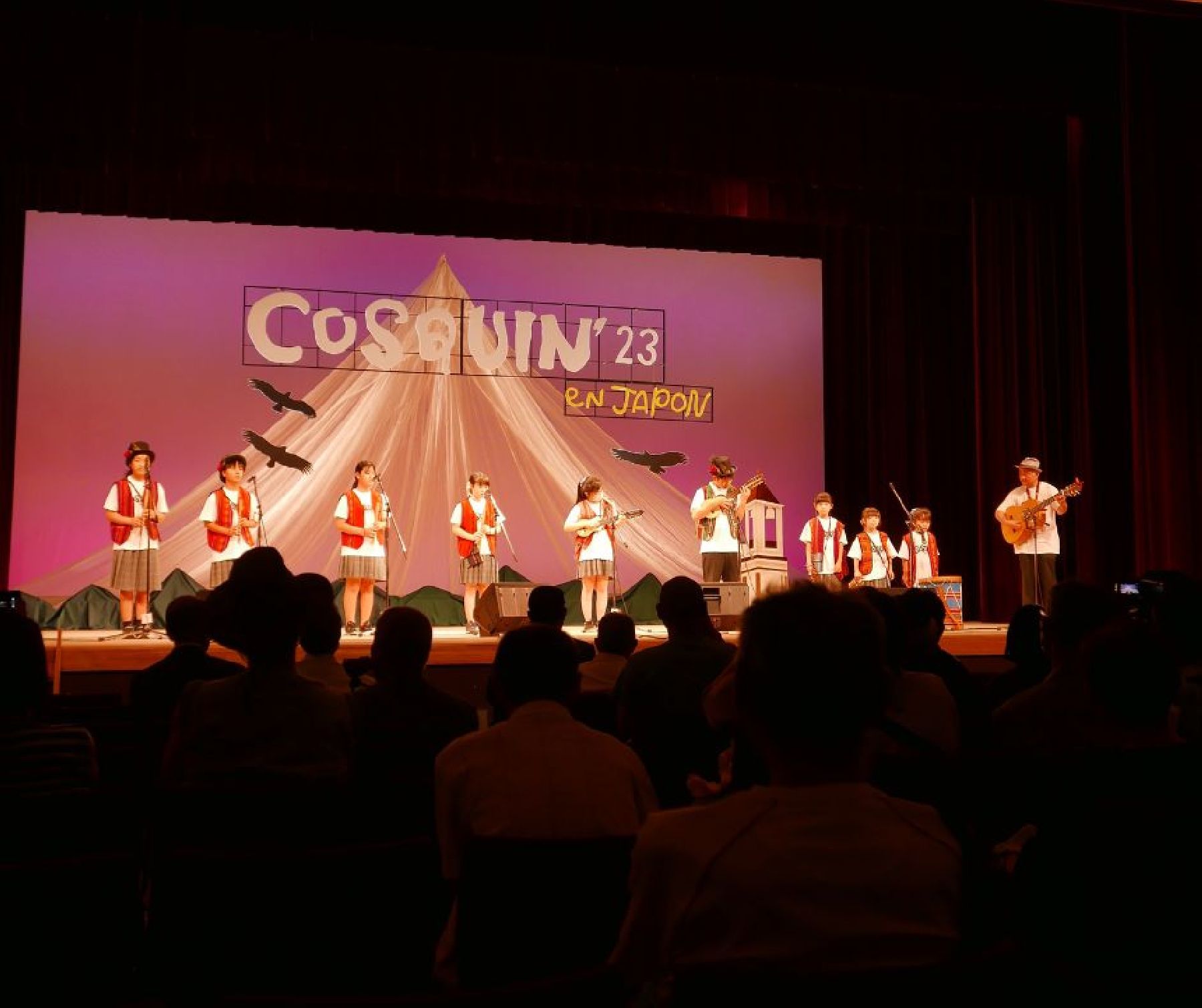Events
Cosquín en Japón
Cosquín en Japón is an Argentinian and Latin American folk music festival held yearly in Kawamata town in central Fukushima Prefecture.People who love Latin American folk culture, including musicians, singers, and enthusiasts, come together to enjoy the music and dance performances at the festival. The event is open to both amateur and professional performers, and, over the years, the number of participating groups has increased from 13 in its first year to more than 100 in 2023.The festival, held since 1975, takes place at the Kawamata Town Central Community Center (川俣町中央公民館に会場) over two or three days. It is organized by Norte Japón (North Japan Latin American Music Federation).The festival name means ‘Cosquín in Japan’ in Spanish, and pays tribute to Argentina's most important National Folklore Festival, held each year in the town of Cosquín in the province of Córdoba.A variety of rhythms and artistic styles from Latin America are represented at the festival. Its main focus is Argentinian and Andean folk music, which is played with instruments such as the quena, charango, acoustic guitar, and bombo.You can attend the festival for free without needing to register beforehand.
